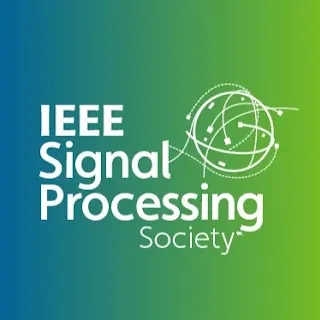
The Signal Processing Society has the Technical Committees (TCs) and the Technical Working Groups (TWGs) listed below that all support a broad selection of signal processing-related activities associated with specific areas of study within the signal processing field.
Individuals with similar technical interests convene within Technical Committees, which offer opportunities for networking and developing strong community ties. Technical Committees are actively involved in awards, conferences, publications and educational activities. The Society’s leadership leans heavily on Technical Committee members for their advice on specific areas within signal processing. If you’re interested in getting involved in a Technical Committee as an Affiliate, please visit the Technical Committee Affiliates page to learn more and to fill out a Membership form.
Below is a list of the Society’s technical committees. Click to learn more about the individual committees, related news and their upcoming events.
- Applied Signal Processing Systems
- Audio and Acoustic Signal Processing
- Bio Imaging and Signal Processing Technical Committee
- Computational Imaging
- Image, Video, and Multidimensional Signal Processing
- Information Forensics and Security
- Machine Learning for Signal Processing
- Multimedia Signal Processing
- Sensor Array and Multichannel
- Signal Processing for Communications and Networking
- Signal Processing Theory and Methods
- Speech and Language Processing
